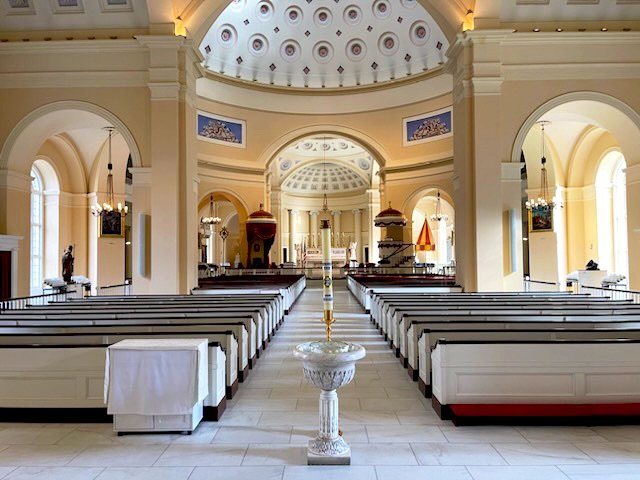From ancient civilizations to the modern world, the concept of religious tolerance has undergone a remarkable evolution. As societies progressed and cultures intermingled, attitudes towards differing belief systems shifted, giving rise to greater understanding, acceptance, and coexistence among diverse religious communities. This journey through time highlights the pivotal moments and influential figures that have shaped the development of religious tolerance, illustrating humanity’s capacity for growth and change.
Ancient Foundations
In antiquity, religious beliefs were often tightly interwoven with cultural identity and political power. The concept of religious tolerance was virtually nonexistent, as rulers sought to unify their domains under a single faith. However, there were instances of relative acceptance, such as the religious pluralism found in ancient Persia. The Achaemenid kings, known for their benevolent rule, permitted various religious practices within their vast empire, setting a precedent for tolerance that would reverberate through history.
The Axial Age: Seeds of Change
The Axial Age (around 800 to 200 BCE) marked a critical turning point in the evolution of religious thought and tolerance. Philosophers and spiritual leaders emerged in different parts of the world, emphasizing ethical principles and individual spiritual journeys. In India, Siddhartha Gautama, the Buddha, preached a message of compassion and enlightenment, welcoming followers regardless of their background. Similarly, Confucius in China and philosophers like Socrates in Greece propagated moral teachings that transcended narrow religious boundaries.
Medieval Convivencia
One of history’s most remarkable instances of religious tolerance emerged during the medieval period in Islamic Spain. The convivence, or “coexistence,” of Muslims, Jews, and Christians in cities like Cordoba and Toledo fostered an environment of intellectual exchange and artistic flourishing. Scholars translated and preserved ancient texts, enriching the collective knowledge of humanity. This era serves as a testament to the potential for harmony when diverse faiths intersect and cooperate.
Enlightenment and Rationalism
The Enlightenment, spanning the 17th to 19th centuries, brought about a seismic shift in attitudes toward religion and tolerance. Intellectuals like Voltaire and John Locke championed reason, individual rights, and freedom of thought. Their ideas laid the groundwork for modern secularism and the separation of church and state. The American experiment, with its First Amendment enshrining religious freedom, showcased a practical application of these ideals in governance.
Challenges of Modernity
While the Enlightenment promoted religious freedom, the march towards tolerance was not without its setbacks. The rise of nationalism in the 19th century occasionally led to the exclusion of religious minorities, emphasizing a singular national identity often tied to a specific faith. Additionally, colonial powers sometimes imposed their religions on indigenous populations, undermining local traditions and sowing the seeds of future conflicts.

Interfaith Dialogue and Globalization
The 20th and 21st centuries have witnessed a burgeoning global interconnectedness, facilitating unprecedented encounters between people of different faiths. Interfaith dialogue has become a vital tool for promoting understanding and cooperation, often led by religious leaders seeking common ground. Organizations like the Parliament of the World’s Religions have provided platforms for open discussions, emphasizing shared values and working towards mutual respect.
Conclusion
The evolution of religious tolerance is a testament to humanity’s capacity for growth and change. From ancient civilizations where religious diversity was rare, to the Axial Age thinkers who emphasized ethical principles, and the Enlightenment philosophers who championed reason and individual rights, each era has contributed to the development of a more inclusive and understanding society. Challenges have arisen, but the march towards religious tolerance has persisted.
As we navigate an increasingly interconnected world, it is imperative to remember the lessons of history. Interfaith dialogue and cooperation provide pathways to peaceful coexistence in a diverse global landscape. By acknowledging our shared humanity and the richness that different belief systems bring to our collective tapestry, we can continue the journey toward a more tolerant and harmonious world. For more articles, information, and resources about the evolution of religious tolerance, check out the review here!


